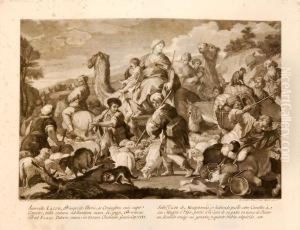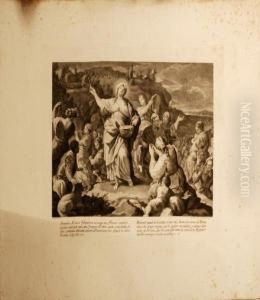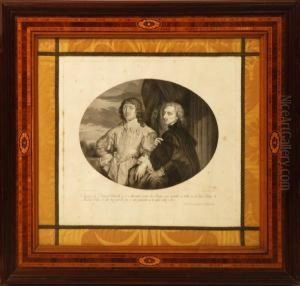Fernando Selma Paintings
Fernando Selma was a Spanish engraver and painter born in Valencia in 1752. He was a significant figure in the Spanish art scene during the late 18th and early 19th centuries. Selma studied under Manuel Monfort and later at the Royal Academy of Fine Arts of San Carlos in Valencia, where he honed his skills in the arts. His talent was recognized early on, and he quickly established himself as a skilled engraver and painter.
Selma's work as an engraver is particularly notable for its fine detail and precision, which was typical of the Neoclassical style that was popular during his time. He moved to Madrid, where he became associated with the Royal Chalcography (Calcografía Nacional), and his engravings were used to illustrate some of the important publications of the day, including works that were part of the Spanish Enlightenment's effort to catalog and disseminate knowledge, such as the 'Viage de España' by Antonio Ponz.
In Madrid, he was also appointed as an academic at the Royal Academy of Fine Arts of San Fernando, reflecting his standing within the artistic community. His engravings cover a wide range of subjects, from religious and mythological scenes to portraits and landscapes, showing not only technical proficiency but also a sensitivity to the subject matter.
Fernando Selma's work as a painter, although less well-known than his engravings, also demonstrated his versatility and understanding of contemporary artistic currents. His paintings often depicted historical and allegorical scenes, following the Neoclassical ideals of harmony, proportion, and moral virtue.
Selma's influence continued even after his death in 1810. He left a legacy as a master engraver, and his works are still studied and appreciated for their craftsmanship and contribution to the dissemination of Neoclassical aesthetics in Spain. His engravings are a valuable part of Spanish cultural heritage and can be found in various museums and collections, serving as a testament to the skill and artistic vision of this important Spanish artist.


